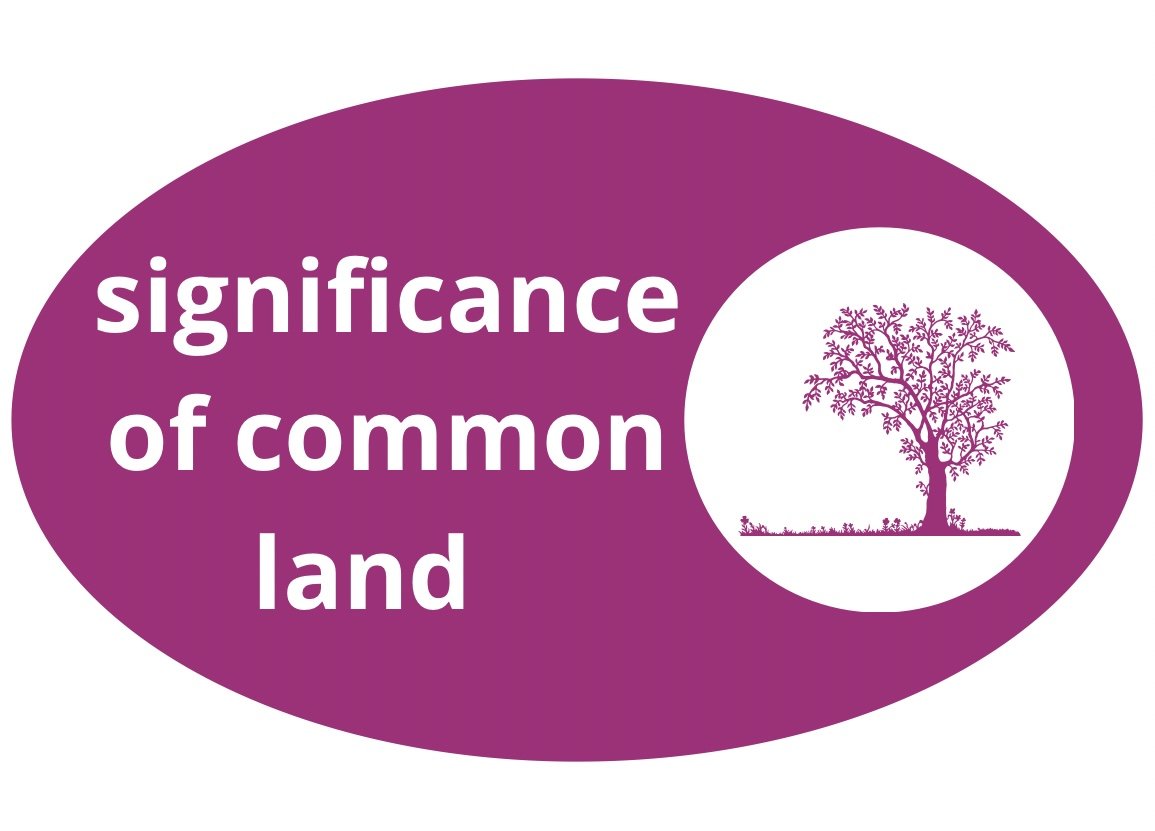Registering Common Land
Click below to find out about important legislation related to common land registration.
Updating the Commons Registers
The Commons Registration Act 1965 provided for the registration of common land and rights of common. Its effect was to crystallise the position as at 1970 when the registration period closed. Due to the inability to amend or add entries once finalised, the commons registers contain many errors. The Commons Act 2006 rectifies this to some degree by allowing hitherto unregistered common land and rights to be registered and some errors to be corrected. For more information about this, click below.
Key Contacts and Information Sources
This download signposts you to a range of national and regional organisations with an interest in Common land as well as further information and guidance.
Definitions
There is considerable confusion about the nature of common land and, in particular, its ownership and the rights that the general public have over it. Many think that it is owned by the Crown or the State and that the public have the right to use the land as they wish. These definitions provide more information to clarify the meaning of common land and surrounding vocabulary.
Town and Village Greens
The distinction between town and village greens and common land is primarily a consequence of the Commons Registration Act 1965 which required that they be registered separately. Prior to this the distinctions were blurred. A green was usually a small area of land set aside for sports and pastimes for local people. Such land was invariably manorial waste although not necessarily common land.
Significance of Common Land
Just under 400,000 hectares of land in England is common which amounts to more than 3% of the total land area. There is common land in every county, making common land an important national resource.
Rights of Common
What is a right of common?
A right of common is a right which one or more persons may have to take or use some portion of the produce of another man’s soil.
In legal terms, a right of common is a class of right known as a profit a prendre - this is a right to take from the land of another person some part of the soil or mineral under it, some of its natural produce or the wild animals upon it. The right to take water is excluded from a profit.
Creation and quantification of rights
There are a number of different ways through which rights could arise historically. Click below to read more about this, along with the methods for quantifying rights.
Classifying rights of common
There are two main ways of classifying rights of common, by legal category and by subject. Read more to learn more about the different classifications of rights.
Dual Rights
At the time of registration, farmers were often unsure which common their rights should be registered on, especially where registered CL (see Glossary) units split areas that they had formerly regarded as one common. As a consequence there was a tendency to register their rights on more than one common.
Appointment
It was established practice under common law that, when the property to which appurtenant rights were attached was divided, through sale or gift, the rights would be apportioned pro rata. Prior to 1965, levancy and couchancy allowed for some deviation from this rule to reflect the quality of the land.
Severance
The move to a fixed number of animals resulted in a view that appendant rights could be severed from the land to which they were attached and thereafter be held in gross. Click below to find out more about this matter.
History of Common Land
This section provides a brief account of the origin of common land and the development of the custom and law associated with its management up to the enactment of the 1965 Common Registration Act. The strength of customary practice associated with common land and the fact that much of this custom was not enshrined in 20th century statute has resulted in a great deal of legal uncertainty and complexity in many areas of common land usage. This has been compounded by the fact that commons may fall under a number of statutes or, in some instances, none at all. By necessity this section provides only an introduction to what is a complex legal field.
Origins
Click below to read more about the origins of the land.
Loss of Commons
Over time, much common land has been lost through approvement, agreement, inclosure or stealth. Read more to find out about these respective losses and how they came about.
Protecting Commons
Due to the earlier mentioned loss of common land, various measures have been taken to protect the remaining land.
Further Information and Signposting
Ownership of Commons
Ownership of common land is typically listed in the Commons Register (see ‘Commons Registration’ under ‘Commons Governance’ for more information). Click below to find out about the details of ownership.
Unknown Ownership
Following registration of common land under the Commons Registration Act 1965, approximately 4,500 hectares of common are registered without an identified owner. This presents significant issues for management of commons. Click below to learn about the methods of addressing the management of un-owned commons.
Agricultural Practices
For more information on agricultural practices on common land, click below.
Downloads Library
Here is our selection of key documents to download and examine at your own leisure.











